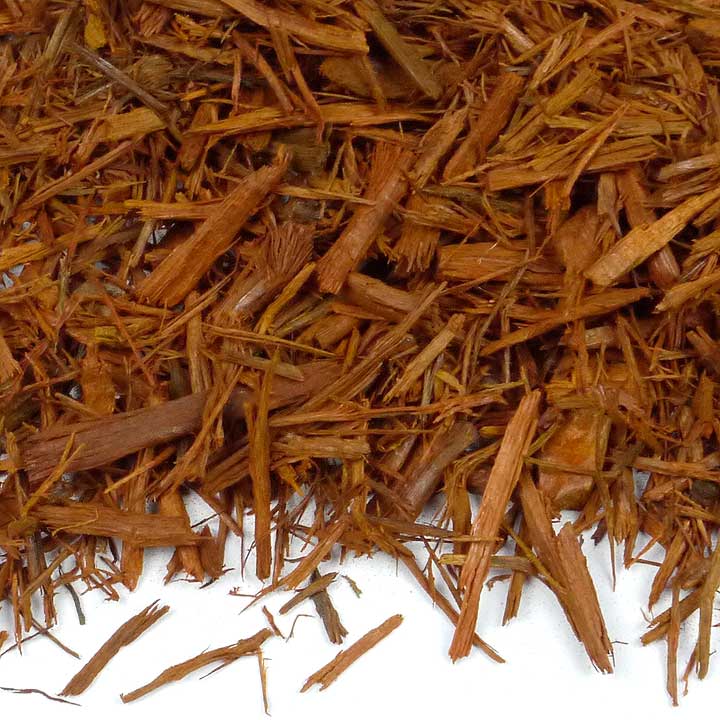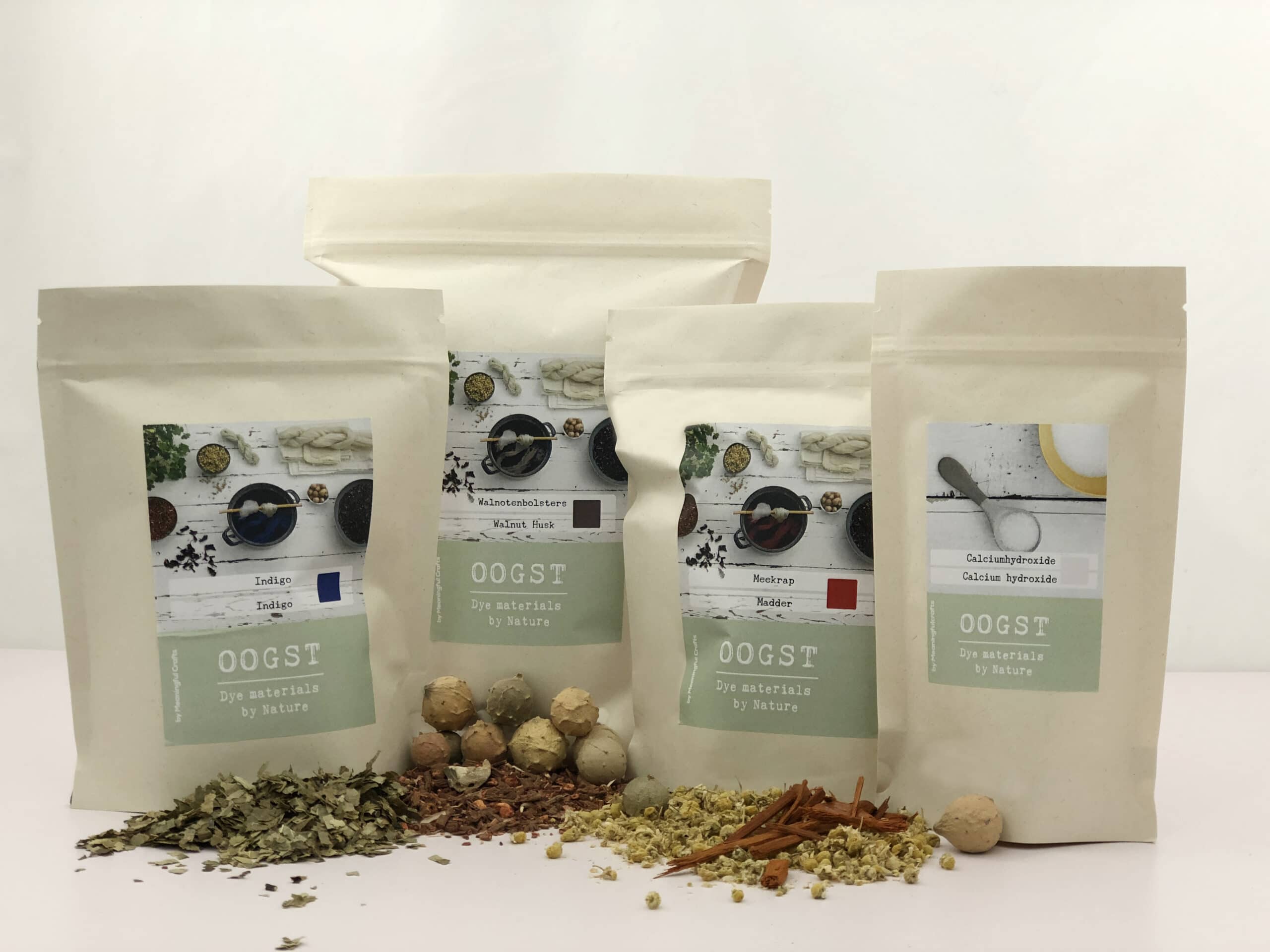Recipe
Basic recipe for 100 grams of wool, silk or cotton to dye purple
Necessities:
- 50 grams of bluewood
– 15 grams of alum
– 2 grams of tartaric acid
– 1 cup vinegar
– electric stove or stove
– 2 old (cast iron) pans
– apron, gloves
– laundry bag or cheesecloth
– (glass) jars, buckets or trays
– 2 cups of household soda (if you are going to dye cotton)
Step 1: Wash (only if you are going to dye cotton, skip step 1 if you are going to dye wool or silk)
Fill a bucket with plenty of water and 2 cups of household soda and leave your cotton in it for 24 hours. Rinse well the next day.
Step 2: pickling
Dissolve the alum and tartaric acid in a jar of hot water. Put 3-5 liters of water in the (pickling) pan and add the mixture of alum and tartaric acid. Soak the wool, silk or cotton in a bucket of water and add them to the pickling pan when they are completely soaked. Bring the temperature to 80 degrees (not warmer). Let it simmer for over an hour. Then let the fibers cool down slowly in the pickling bath. You can leave this overnight or get started right away.
Step 3: Dyeing
Put the bluewood in a wash bag and place it in your paint pan with 3-5 litres of water.
Bring your dye bath to boiling point and simmer for an hour.
Lower the temperature to 30 degrees and add the wool, silk or cotton. (Tip to speed up this process: put your pan in the sink with cold water)
You can leave the bluewood in the wash bag in your dye bath during dyeing. Just make sure the fibres can 'swim' properly. Bring the temperature to 80 degrees and simmer for an hour.
Let the fibers cool slowly in the dye bath.
MC Tips:
1) For a dark purple colour, first soak the bluewood in a litre of water for 24 hours. Then pour the decoction through a wash bag into the paint pan.
2) After cooling, leave the fibres in the dye bath for an additional night.
Step 4: Fix
Rinse the fibers and let it sit in a bucket of water with 1 cup of vinegar for an hour. Then rinse well and hang to dry.





Mona Masuyama (verified owner) –
Very bright colour, very nice
T Juijn (verified owner) –
Top quality!
Hinke Schreuders (verified owner) –
Beautiful and deep colour